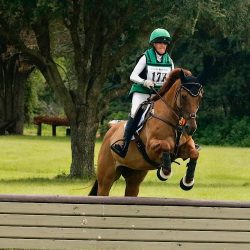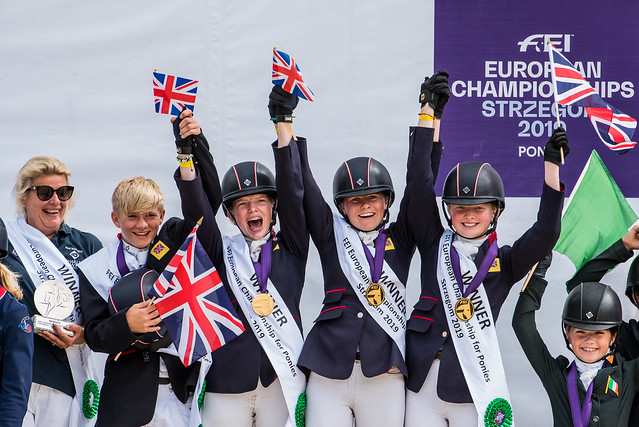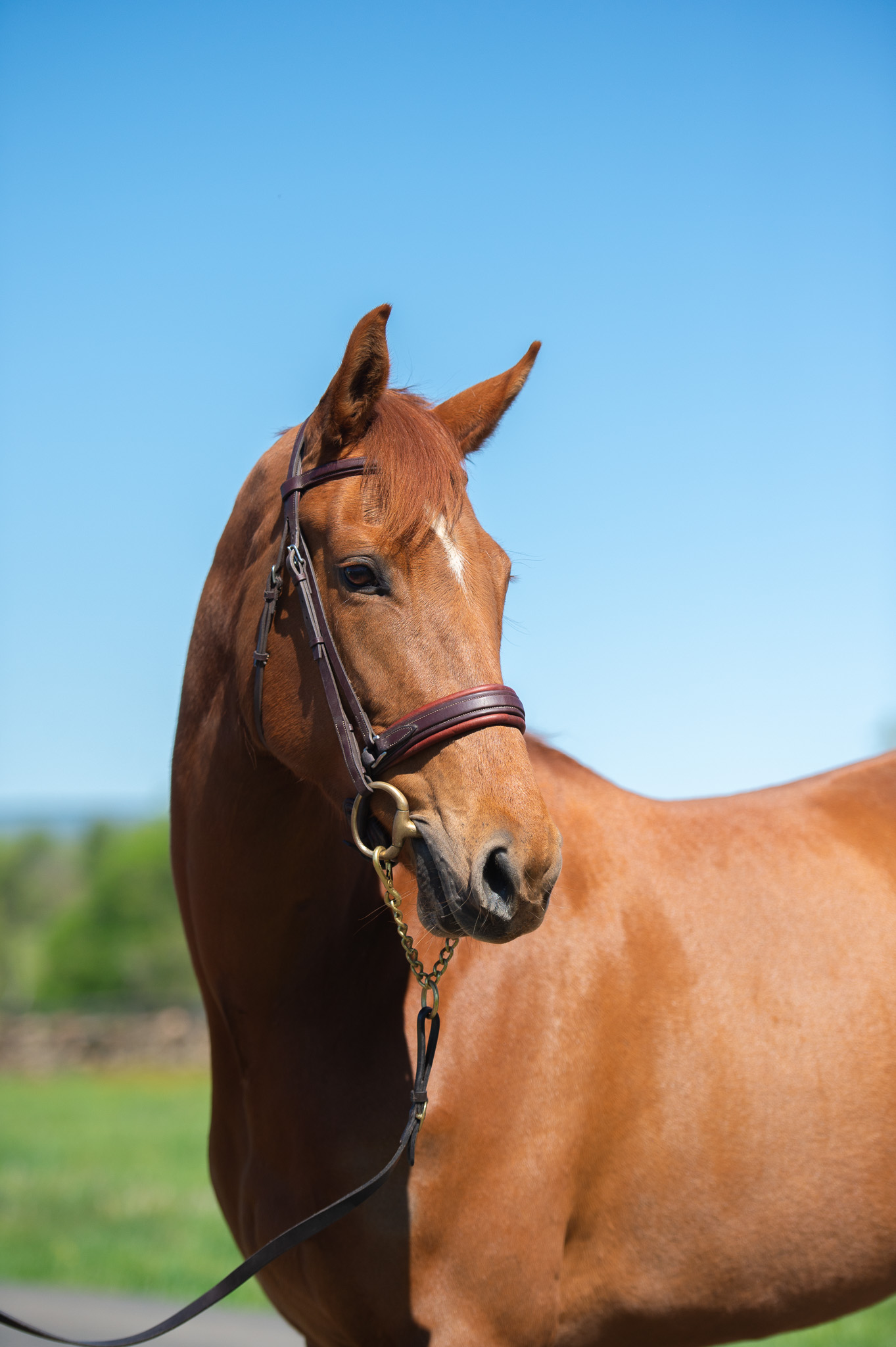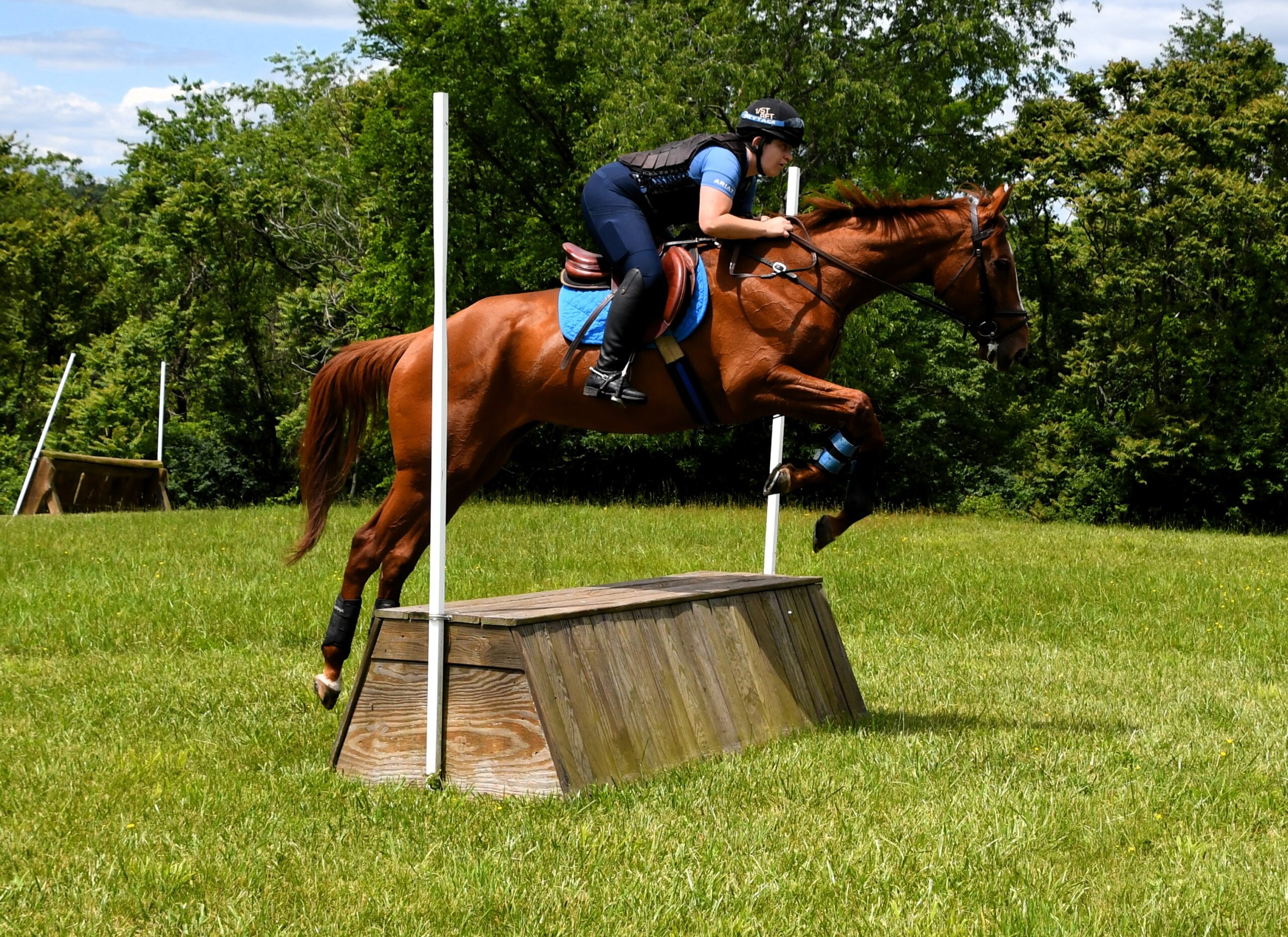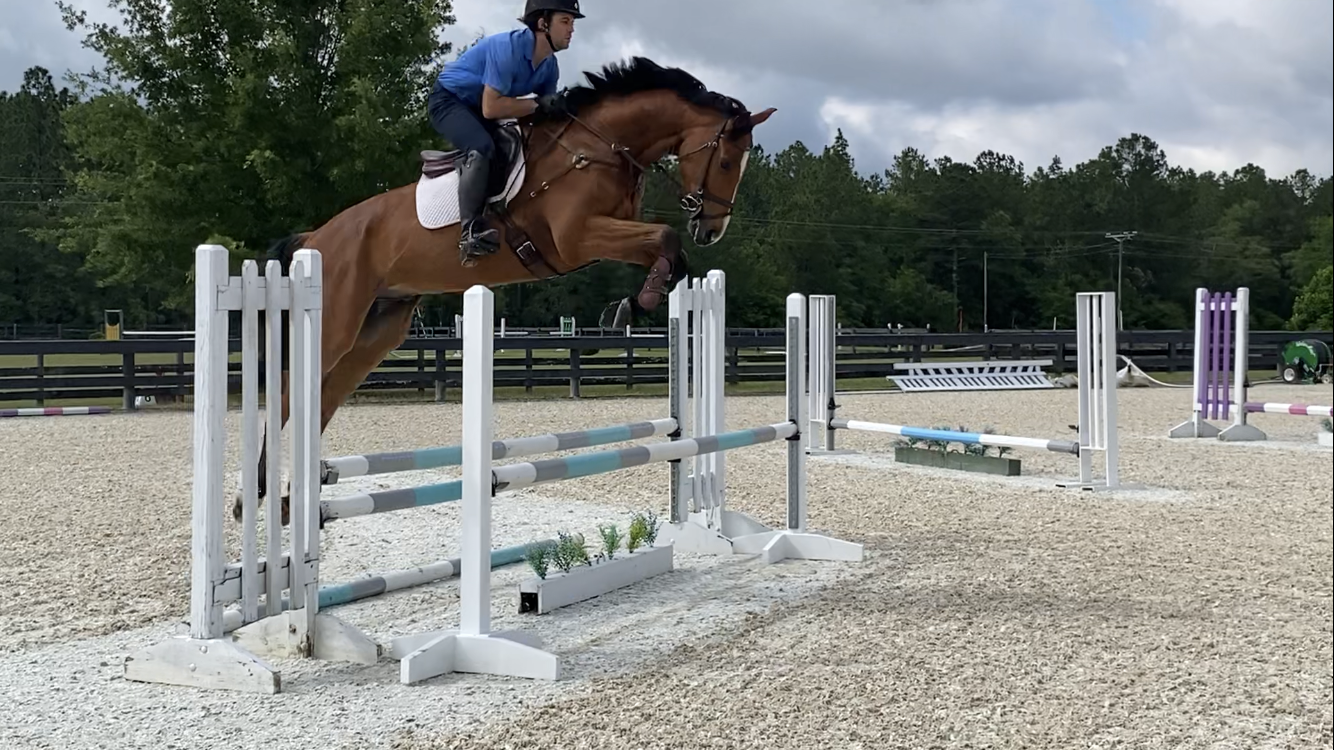Francis Whittington is a leading British event rider and BE accredited trainer. He has a strong string of horses this season – his current top rides include the 10 year old Evento, who is contesting four-star and recently placed seventh at Chatsworth; the 10-year-old Exellent R, who also showed great promise at Chatsworth, placing 11th; the 11-year-old Brother Bertie, who has stepped up to three-star, and recently won the British novice championship title; and the 9-year-old DHI Fiktor Nita, who’s now stepping up to three-star, and placed fourth in the Waregem two-star last year. Francis represented Team GB at the European Championships at Blair Castle in 2015, and he’s a former gold and silver medallist at the Pony European Championships, and former 2014 British National Champion (Gatcombe, 2014).
With many years’ experience under his belt riding a range of horses, and a wealth of knowledge from his coaching experience, we asked Francis to offer some tips on riding and training sharp or strong horses, without over-bitting them.

Francis Whittington’s mantra of “rhythm, balance, control” in action with Evento at Belton International in April 2019. Photo by Tilly Berendt.
There are three key components of riding that have become my training mantra: rhythm, balance, control. They work together, and you need all three. The horse’s reaction off your leg, and whether they’re listening to your body commands, is as important in the jumping phases as it is in your flatwork. If we can get the horse to be balanced behind and be able to ‘reach under’ with the hindquarters, they will learn to carry the weight behind, and lift their shoulders more, to be in better balance.
Power and propulsion
By creating power and propulsion from the hindleg, and riding in a good rhythm, with balance, you should feel like you have an elastic ball of energy underneath you, ready and waiting for your next signal.
Sharp, strong horses can feel as if they are ‘towing’ the rider along; a heaviness in the hand can mean the rider resorts to over-bitting, and often feels like they’re using the reins to support or carry the horse. But creating more power from the hindleg helps the horse come off the forehand, and carry its own weight behind. This engagement is lightening the shoulders, and also the feel with the bit. This makes it easier for the horse to be ridden in balance.

With power and propulsion from the hindleg, the horse is ready and waiting for the rider’s signal. Amy Coxon Gilliatt is pictured, riding Lionheart.
Control to a fence
Rhythm and balance give you control to a fence. In practical terms, this means creating a good rhythm, and then balancing it with transitions and half halts, encouraging the horse to carry its own weight behind. If a horse feels heavy in your hand and is leaning on the contact, it isn’t balanced. But if you’re trying to achieve all of this on your approach to a fence, it is too late! It’s achieved in your training.
Personally with my horses, I have found that if you develop the horse as a whole and go back to the basics with the training, focussing on aspects like rhythm and engagement, you create more developed horses that have the elasticity and strength to carry themselves. It’s also a case of keeping your expectations real in terms of where they are in their development and training, and keeping everything simple. This capability from a physical point of view means they are more likely to cooperate and perform to the best of their abilities, rather then, as many strong or ‘sharp’ horses are described as, fighting the rider for control.

Rhythm and balance gives you control to a fence. Rider pictured is Beth Coxon-Gilliatt & Rieperbahn.
Transitions, transitions, transitions
To achieve this development, I advocate lots of transitions in the training – using very clear instructions, and making your leg and body commands obvious and clear – you need to achieve a positive, direct response from the horse, and you can then move on to being more subtle.
Examples would be upward and downward canter transitions, getting the horse off the leg, and the rider using their body to slow the pace as required – don’t rely on the hand. Transitions within the pace work well too, so the horse is off the leg and to a soft contact. Transitions are great for horses that are heavy in the hand.
If you’re on a cross country course practicing, you can do transitions in the warm up and before the fences. I often trot to smaller fences, as you often don’t need too much speed. You can do downward transitions after a fence to bring the horse back to you, and get that balance from the quarters. A strong or sharp horse may want to rush forward after the fence, and seek support from the rider’s hand, so transitions will help lighten them up. You can utilise small circles, to help with impulsion and activity behind.
The rider must be balanced at all times, and should be able to stand up in the stirrups with no tipping forward, or using the reins to balance. There’s a requirement for a level of rider fitness and core strength to maintain this balance, and pilates is excellent to help achieve this. Remember, if the horse has to help give the rider balance, it isn’t fully focussed on its own balance. (This issue isn’t helped if the rider is overweight – check your own fitness.)

Engagement lightens the shoulders, and also the feel with the bit. Caroline Powell is pictured with On the Brash. Photo by ‘Athalens.’
‘Most people put a stronger bit in, which won’t fix the problem’
If a horse isn’t engaged from their hindquarters, you won’t have that connection over the topline and that desired lightness in the hands; many people’s reaction to this is to then put a stronger bit in, which won’t fix the problem.

Andrew Hoy’s ride Vassily de Lassos also uses the Bombers Bits Ultra Comfy Lock Up bit for dressage. Photo by Julian Portch.
An obvious question is, what bit should we use on a sharp or strong horse?
I like Bombers bits, and their premise of reducing mouth pressures and starting from a place of comfort for the horse, and working with equine dental technicians to understand more about each horse’s mouth conformation. One of my top rides, Evento, has the Bombers Ultra Comfy Lock Up bit for dressage, which has a generous curve to follow the shape of the horse’s mouth. It removes the nut cracker action of a traditional snaffle, providing less pressure on the horse’s bars.

Francis Whittington’s ride Evento uses the Bombers Bits Ultra Comfy Lock Up bit for dressage. Photo courtesy of Bombers Bits.
I am also trying out a Bombers McHardy mouthpiece; the McHardy is ported, with a central roller, which sharp horses often like, as they can play with it. The 2.5 ring looks ideal for competition days, as the ring cheek piece introduces some poll pressure.

The Bombers McHardy is ported, with a central roller. The 2.5 ring introduces some poll pressure. Photo courtesy of Bombers Bits.
‘With bitting, we don’t want a quick fix…’
I am also going to try a Bombers Ultra Comfy Lock Up Pelham in due course. I do like a Pelham mouthpiece, but I don’t use them because a horse is strong – I like the amount of adjustability they offer in terms of tweaking the amount of control. They can give a quick release, and with the double reins, you have more options, e.g. to ride more on the snaffle rein. With bitting, we don’t want a quick fix. A bit is an addition to your training regime and tack, but not a solution to a problem.

“I do like a Pelham mouthpiece.” Francis Whittington and Easy Target at CHIO Aachen in 2015. Photo by Jenni Autry.
Through my coaching I would say that a lack of control of the horse is a major issue I see. Sometimes this can come from the rider not having any control, or having too much control, e.g. taking away the horse’s ability to travel forward in a straight line. A too-strong bit which restricts the front end may mean the power drifts out through shoulder, and inhibits the horse’s ability to stay straight to fence. It all comes back to rhythm, balance, control. These three elements lead on to each other as a continual circle.
Call Equine Management for UK Bombers Bit stockists on 01825 840002. Visit the Bombers Bits website or the Bombers Bits’ YouTube page for information. See Francis Whittington’s website for his own news.















































